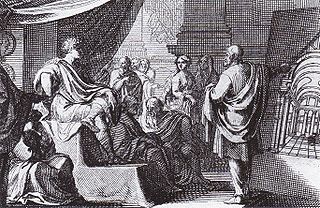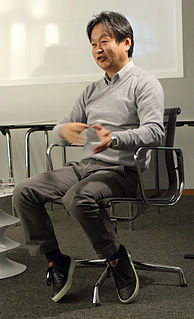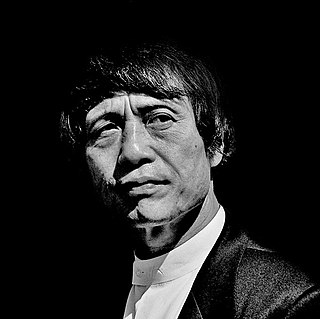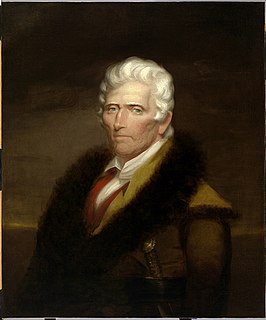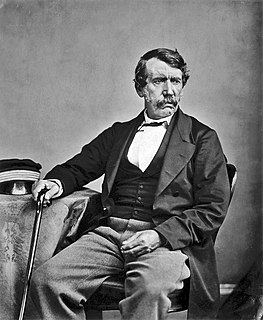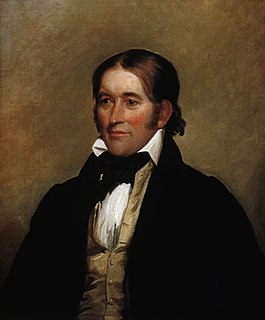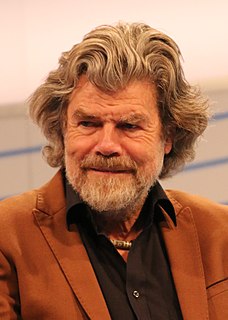A Quote by Isabella Bird
Writing generally, it may be said that in design, roof, and general aspect, Japanese Buddhist temples are all alike. The sacred architectural idea expresses itself in nearly the same form always.
Related Quotes
The Japanese garden is a very important tool in Japanese architectural design because, not only is a garden traditionally included in any house design, the garden itself also reflects a deeper set of cultural meanings and traditions. Whereas the English garden seeks to make only an aesthetic impression, the Japanese garden is both aesthetic and reflective. The most basic element of any Japanese garden design comes from the realization that every detail has a significant value.
When we launched If WeRanTheWorld, I said to my team, I want us to innovate in every aspect of how we design and operate this as a business venture, as much as the web platform itself - because I want us to design our own startup around the working lives that we would all like to live. Women and men alike.
Give half a dozen men the same camera, lenses and plates, and send them to the same place to do the same thing, and all the results will be alike, or so nearly alike as to reveal the real mechanicalness of photography. Yet, curiously enough, this is just one of the most difficult things a photographer can be set to do, to exactly repeat himself, or another. He may use the identical apparatus, know the subject perfectly, and yet be totally unable to bring away an exact replica.
When the poet's sentiments are overly visible, the audience may become uncomfortable. Japanese ritual is the opposite. By writing simply and only about what is there, the audience is drawn into the poet's world. Their imagination is stimulated, and a silent connection is established. I believe this is where the most important aspect of the Japanese sense of beauty lies.
Aesthetics is not an end in itself. But in our culture, which is becoming more multi-sensory and less respectful of God, we have a responsibility to pay attention to the design of the space where we assemble regularly. In the emerging culture, darkness represents spirituality. We see this in Buddhist temples, as well as Catholic and Orthodox churches. Darkness communicates that something serious is happening.
In all these products, whether iron bridges, locomotives, automobiles, telescopes, cottages, airport-hangars, funicular railways, skyscrapers, or children's toys, the will towards a new style expresses itself. The similarity of these examples to the new creations in art consists in the same striving for clear, pure form which expresses truth in the objects.




